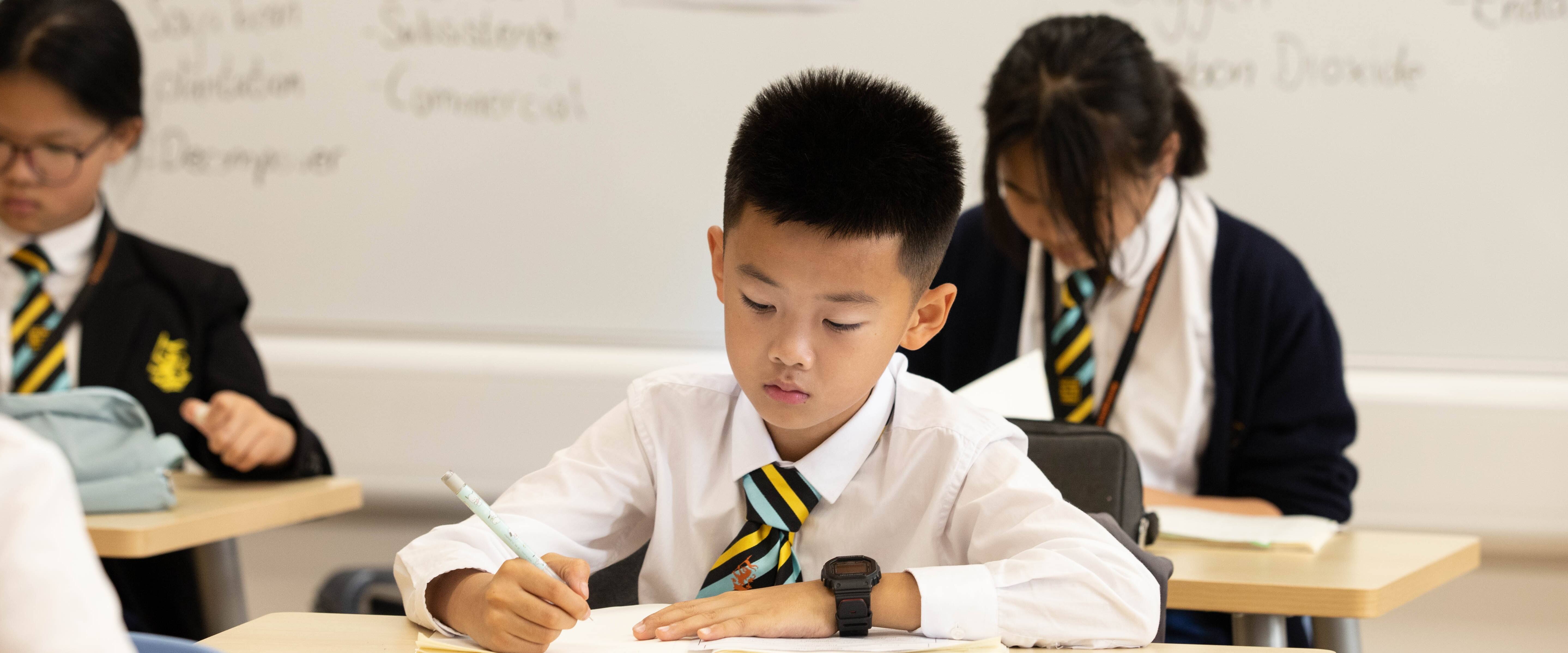

This year's theme for maths week is "The Beauty of Maths". We arranged four engaging maths activities for our junior high pupils to explore the beauty of maths.
Beauty of Shapes
Beauty of Numbers
Beauty of Conversion
It is essential to understand “conversion”, a necessary maths concept. Pupils learned how to converse among binary, decimal and octal numbers, explored the principles and significance of conversions, and acknowledged maths’ pivotal role in computing and other areas.
Beauty of Reasoning
We selected the patterns more suitable to our grade 7 pupils to build on their knowledge of triangle, square, fraction and ratio gained at primary school.
Grade 8 pupils worked on rotating patterns, allowing them to apply what they had learned in grade 7 about transforming, rotating, and scaling a design into practical use.
Grade 9 and 10 worked on the beautiful and classical pattern of the “Pythagoras tree”, which was also a significant element displayed on our maths week poster. It was based on the knowledge of grade 9 pupils on Pythagorean theorem and similar triangles and of grade 10 pupils on trigonometric functions.
The beauty of maths is beyond description. Mathematicians call unique solutions elegant, the idea and process of simplifying the complex, merit. They believe maths as a tool works to nurture aesthetic overview in science and engineering and social studies and philosophy. It is our sincere wish that Hiba pupils have dived deep into the beauty of maths. Let us look forward to the maths week next year.
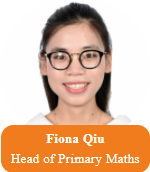
Display board presentation
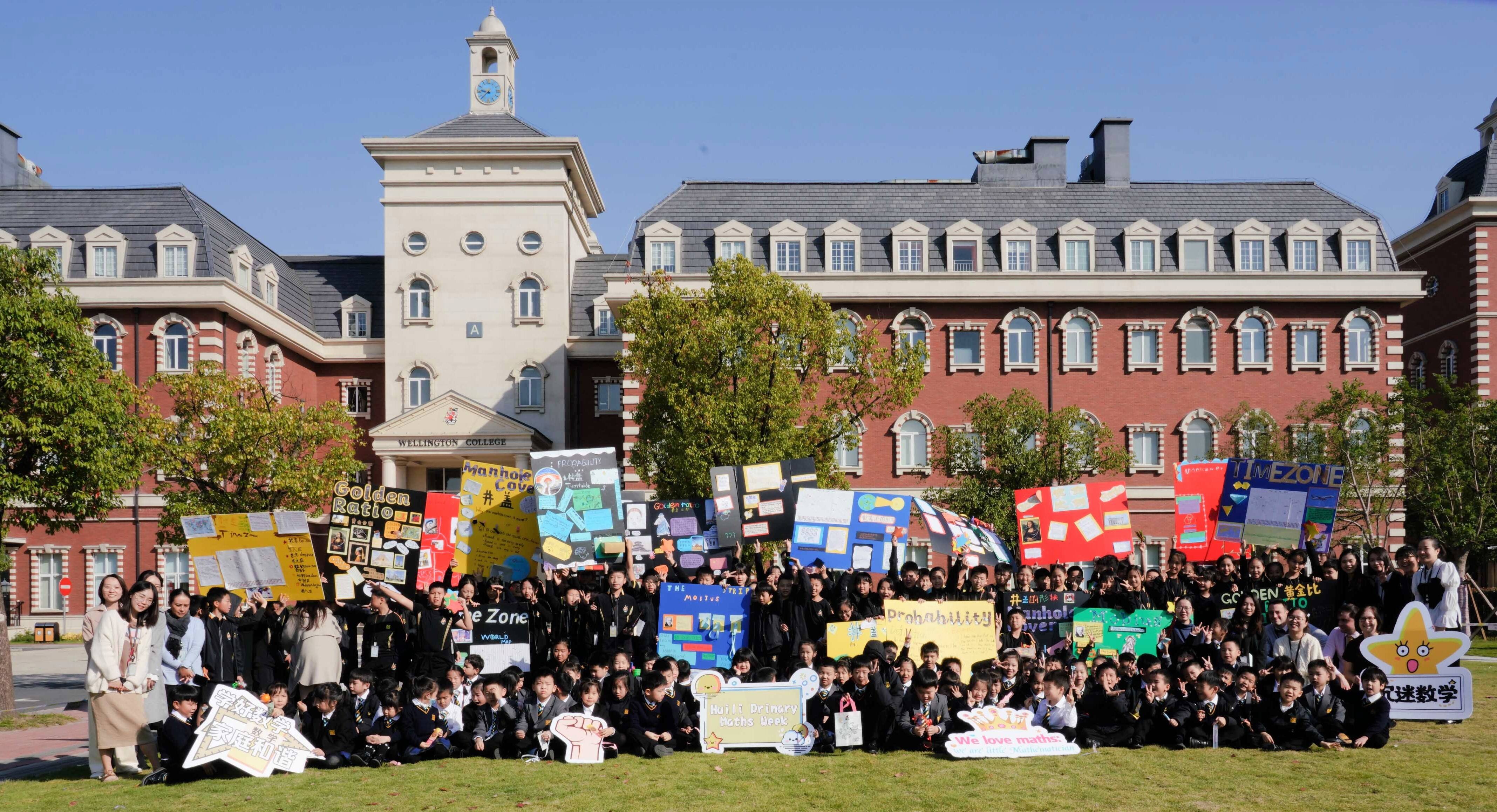
Catwalk show
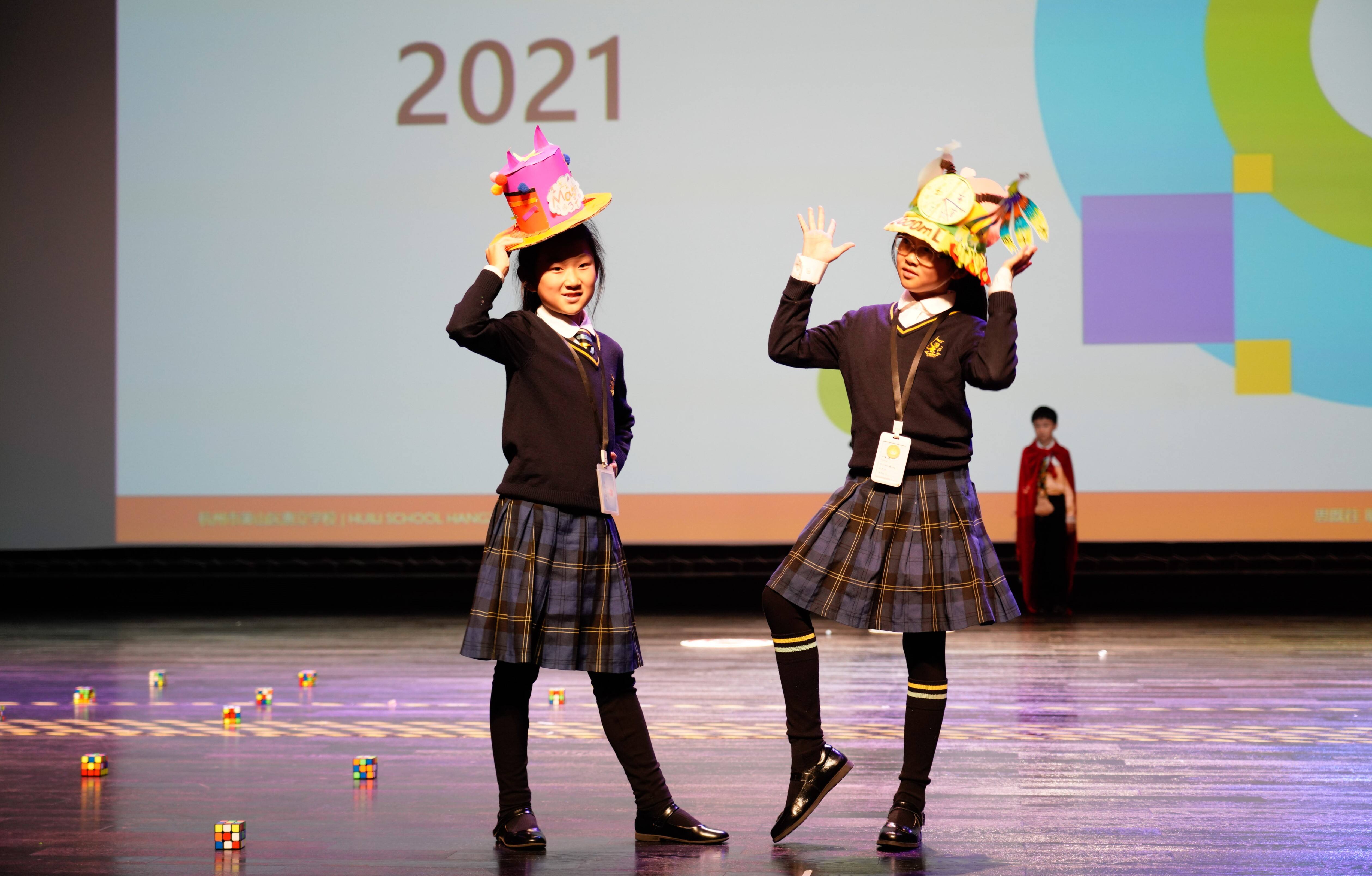
On Monday, the maths assembly saw pupils walk in confidence on the catwalk wearing their self-designed caps and capes rich in maths contents, leaving a deep impression on the audience.
“I did not realise that maths can be so beautiful.”
“I feel like I am smarter wearing a cap with maths knowledge on it.”
“It took me a long time to design a maths cape, but I enjoyed it immensely. It was exciting to find one exact picture to match every knowledge point.”
Rubik’s cube
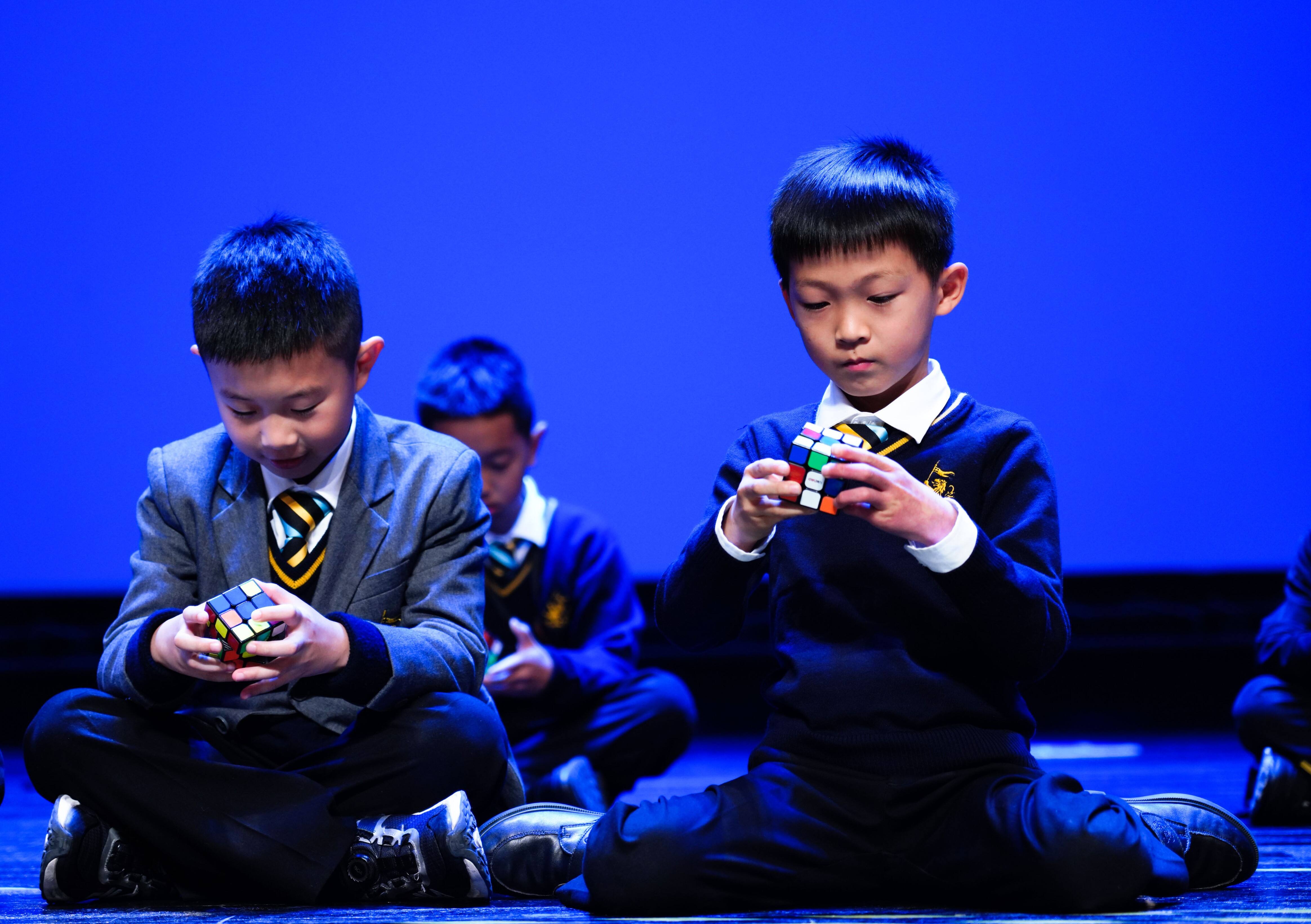
Rubik’s cube has had many captivated. They may think of it as a toy, but there is maths behind the magic. We hosted an exhilarating Rubic’s cube competition, where spectators were in awe to see how rapidly our pupils solved the cubes. Behind every seemingly bedazzling step is a recovery solution that leads to the final success, which requires players to realise the perfect coordination of their hands, eyes, and brains while using their memory and spatial imagination. It is another example of how we lead learning with interest at Hiba.
24-points game

The House system is one of the distinguishable features of Hiba schools. Pupils bond with each other in their Houses and establish a strong sense of community and belonging. For example, we held a 24-points game competition among Houses during the maths week, which sparked exciting exchanges of minds.
In Hiba Academy Hangzhou, we adopt a differentiated teaching method that is pupil-centred and question-oriented. Our maths learning contains the learning of fundamental maths, experiential maths and maths in two languages:
Fundamental maths: Everything included in the compulsory education curriculum was covered in our fundamental maths.
Experiental maths: Pupils are allowed to conduct maths experiments during class, which helps to improve their ability to discover, analyse and solve problems and enhance their team spirit.
Bilingual maths: Bilingual maths is another feature of our maths teaching. We integrate quality international textbooks into our curriculum while part of the maths class is delivered in English, which increases as pupils grow older.